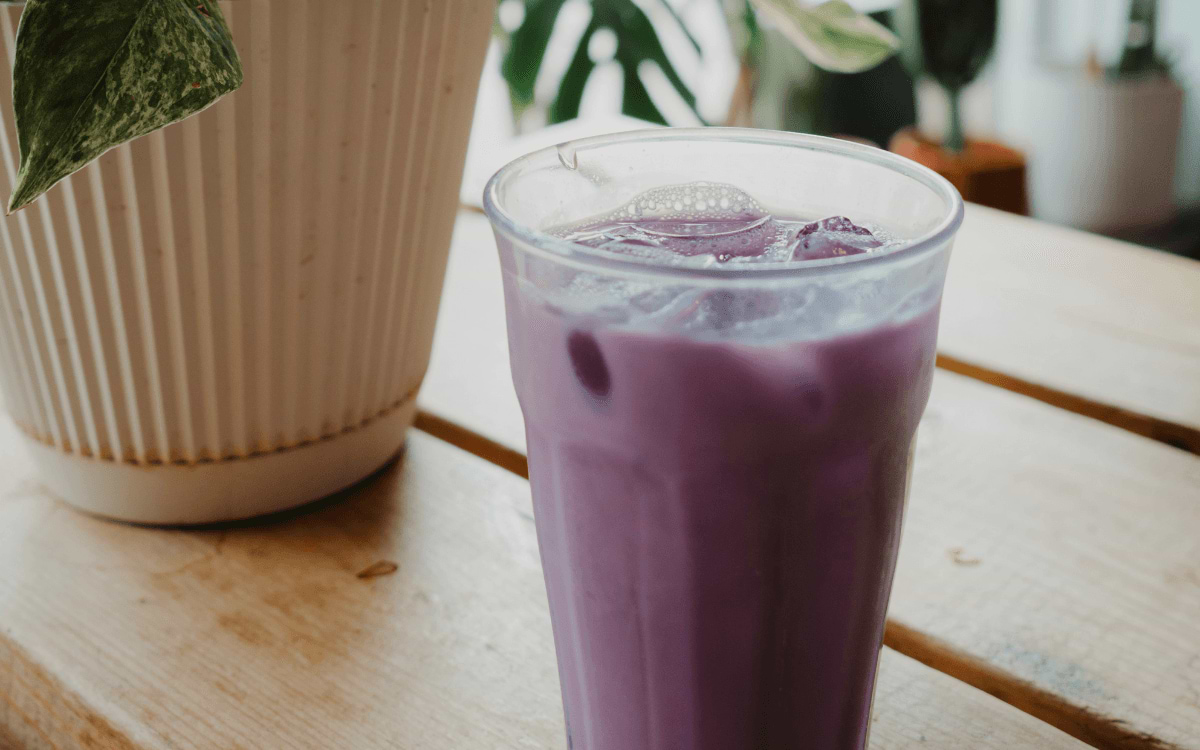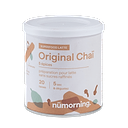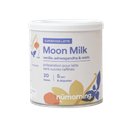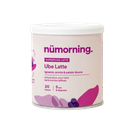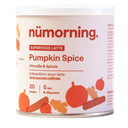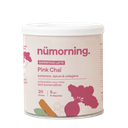A new arrival has recently made its way into the world of trendy lattes and desserts: ube. Easily recognizable by its intense purple color, this tuber from Southeast Asia is as appealing for its appearance as for its slightly sweet taste. But behind this colorful trend on social media, what are the real benefits of ube? Answer in this article.
A rich and complete nutritional profile
Ube is naturally a source of complex carbohydrates, making it an energy food with slow digestion. For 100 g of cooked flesh, you’ll find:
- Around 120 calories
- 27 g of carbohydrates, mostly in the form of starches
- 4 g of dietary fiber, beneficial for digestion
- 1 to 2 g of protein
- 40% of the daily recommended intake of vitamin C
- 13% of the daily recommended intake of potassium
- Notable amounts of calcium, iron, zinc, and copper
This richness in micronutrients makes it a valuable ally to improve the nutritional quality of a meal. Traditionally, ube was used as a staple in many Filipino dishes, often steamed, boiled, or turned into a sweet purée (ube halaya). It played a role similar to that of sweet potatoes in other cultures, providing both energy and satiety.
An exceptional antioxidant content
Ube’s natural purple color comes from its high concentration of anthocyanins, a category of flavonoids also found in blueberries, red cabbage, and black grapes. These antioxidants:
- Combat oxidative stress, involved in the premature aging of cells
- Reduce chronic inflammation by modulating inflammatory markers in the body
- Protect cognitive function by promoting better cerebral circulation
- Contribute to cardiovascular prevention, by improving blood vessel health and lowering blood pressure
Anthocyanins are also being studied for their preventive effect against certain cancers, thanks to their ability to inhibit abnormal cell proliferation.
A positive impact on blood sugar
Thanks to its fiber and antioxidant content, ube is a food with a moderate glycemic index, meaning it releases its sugars slowly into the bloodstream. This helps:
- Stabilize blood sugar levels, avoiding insulin spikes
- Improve insulin sensitivity, which is beneficial for people at risk of type 2 diabetes
- Reduce cravings by prolonging the feeling of fullness
Studies on animal models also show that ube extract could regulate certain enzymes involved in glucose metabolism.
Notable digestive benefits
The dietary fiber in ube – mainly insoluble fiber – promotes healthy bowel movements and helps prevent constipation. By feeding the gut microbiota, it also contributes to better digestive flora balance, which has positive effects on immunity and mental health.
In conclusion
Ube isn’t just trendy on Instagram for its vibrant color: it’s a functional food, rich in nutrients, fiber, and antioxidants. Easy to incorporate into sweet or savory recipes, it’s a great alternative to classic starchy foods. Its antioxidant, anti-inflammatory, digestive, and blood sugar regulating properties make it a valuable ally in a balanced diet.
